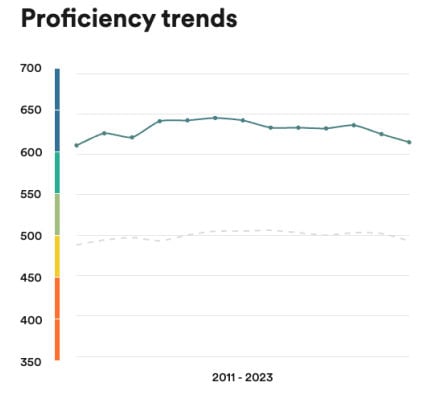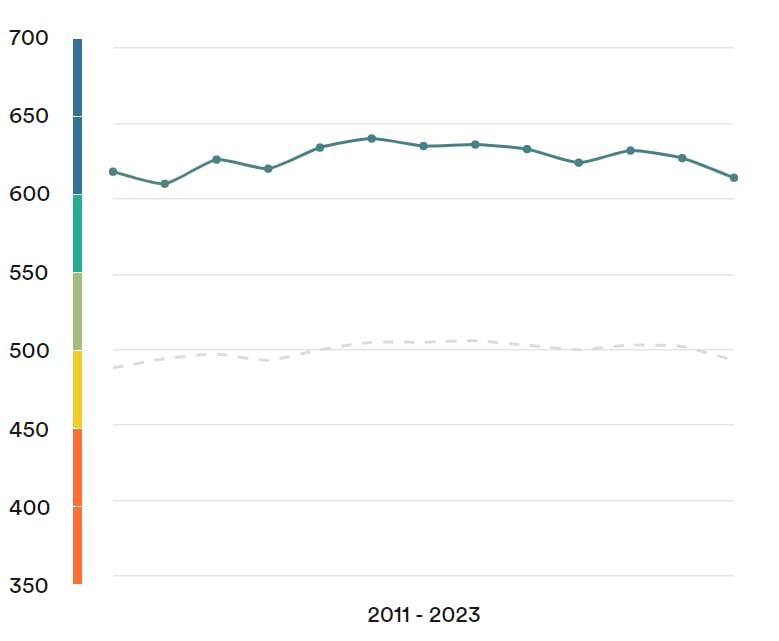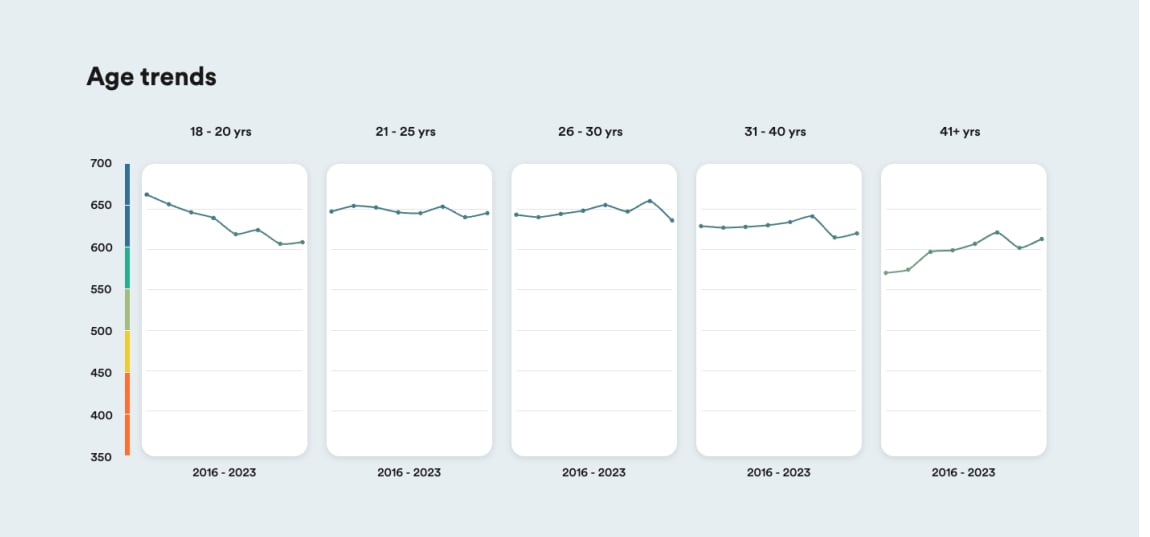According to the annual EF English Proficiency Index, Denmark now ranks fourth in the world on the English-speaking skills of its citizens, knocking Norway — which ranked fourth last year– into fifth place.
Sweden kept its position in sixth place, while Finland remained far behind in 14th.
The Scandinavian countries remain among the best English speakers in the world, ranking just behind the three leading countries, The Netherlands, Singapore and Austria.
But they’ve been slipping steadily since their English proficiency peaked in 2016, with a particularly marked decline over the last couple of years, something the EF report suggested might be connected to the Covid-19 pandemic.
The drop in English speaking skills of young people in several countries, it found, “aligns neatly with the interruption of education systems during the pandemic”.
“It is not yet clear if learning loss due to Covid will self-correct over time,” it added. “But in subsequent cohorts we would expect to see a rebound.”
Sweden topped the index in 2013, with its score peaking at 645 in 2015, and falling from 623 to 609 over the past two years. Denmark’s score, meanwhile, peaked in 2016 at 645, falling from to 636 to 615 over the past two years. Norway’s score peaked at 640 in 2016, and has fallen from 632 to 614 over the past two years.
Here’s Denmark’s performance:


And here’s Sweden’s:

The drop in performance of the Scandinavian countries was particularly marked among 18 to 20-year-olds, with this age group seeing their score falling by 87 points in Sweden, 72 points in Norway and 59 points in Denmark.
Here’s the age trend for Denmark:

Here’s the age trend for Norway:

And here’s the age trend for Sweden:

When it came to the big cities, the Nordics performed strongly with people from Copenhagen ranked the third best English speakers of any city in the world after Amsterdam and Vienna, with Stockholm and Oslo coming close behind.
The index is based on the the results of the 2.2m language learners from across the world who took the EF Standard English Test last year.
EF, founded by the Swedish billionaire Bertil Hult, is one of the world’s biggest language learning organisations and provides language training, educational travel, academic degree programs, and cultural exchange.



 Please whitelist us to continue reading.
Please whitelist us to continue reading.
Member comments